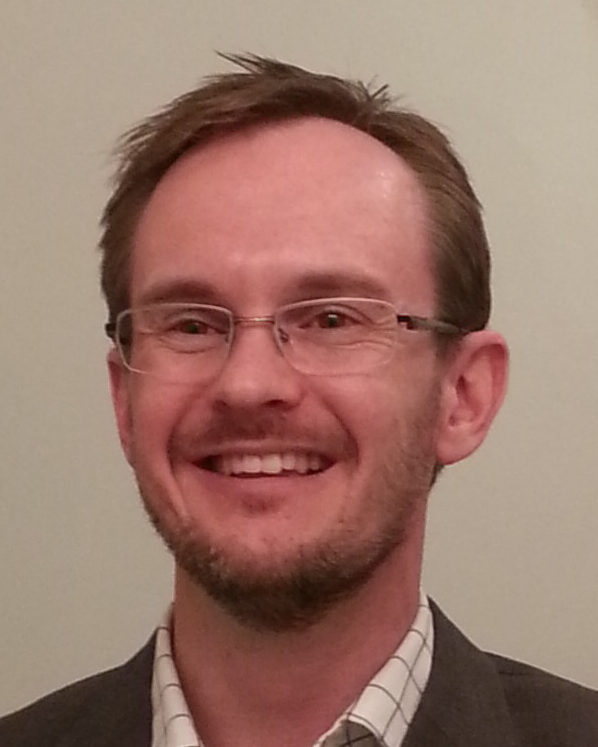- Level Professional
- Duration 13 hours
- Course by McMaster University
-
Offered by

About
We are always using experiments to improve our lives, our community, and our work. Are you doing it efficiently? Or are you (incorrectly) changing one thing at a time and hoping for the best? In this course, you will learn how to plan efficient experiments - testing with many variables. Our goal is to find the best results using only a few experiments. A key part of the course is how to optimize a system. We use simple tools: starting with fast calculations by hand, then we show how to use FREE software. The course comes with slides, transcripts of all lectures, subtitles (English, Spanish and Portuguese; some Chinese and French), videos, audio files, source code, and a free textbook. You get to keep all of it, all freely downloadable. This course is for anyone working in a company, or wanting to make changes to their life, their community, their neighbourhood. You don't need to be a statistician or scientist! There's something for everyone in here. ⎯⎯⎯⎯⎯⎯⎯⎯⎯⎯⎯⎯⎯⎯⎯ Over 1500 people have completed this online course. What have prior students said about this course? "This definitely is one of the most fruitful courses I have participated at Coursera, considering the takeaways and implementations! And so far I finished 12 [courses]." "Excelente curso, flexible y con suficiente material didáctico fácilmente digerible y cómodo. No importa si se tiene pocas bases matemáticas o estadísticas, el curso proporciona casi toda explicación necesaria para un entendimiento alto." "I wish I had enrolled in your course years ago -- it would have saved us a lot of time in optimizing experimental conditions." Jason Eriksen, 3 Jan 2017 "Interesting and developing both analytical and creative thinking. The lecturer took care to bring lots of real live examples which are fun to analyze." 20 February 2016. "... love your style of presentation, and the examples you took from everyday life to explain things. It is very difficult to make such a mathematical course accessible and comprehensible to this wide a variety of people!" ⎯⎯⎯⎯⎯⎯⎯⎯⎯⎯⎯⎯⎯⎯⎯Modules
Module 1: Introduction
2
Assignment
- Ungraded practice quiz 1
- Module 1 quiz
5
Videos
- Promotional video for this course
- 1A: Why experiments are so important
- 1B: Some basic terminology
- 1C: Analysis of your first experiment
- 1D: How NOT to run an experiment
1
Readings
- Materials for this section
Module 2: Analysis of experiments by hand
2
Assignment
- Ungraded practice quiz 2
- Module 2 quiz
5
Videos
- 2A: Analysis of experiments in two factors by hand
- 2B: Numeric predictions from two-factor experiments
- 2C: Two-factor experiments with interactions
- 2D: In-depth case study: analyzing a system with 3 factors by hand
- Enrichment: Made for you by Madeleine: an interview with Joy
1
Readings
- Materials for this section
Module 3: Using computer software to analyze experiments
2
Assignment
- Ungraded practice quiz 3
- Module 3 quiz
5
Videos
- 3A: Setting up the least squares model for a 2 factor experiment
- 3B: Solving the mathematical model for a 2 factor experiment using software
- 3C: Using computer software for a 3 factor experiment
- 3D: Case study: a 4-factor system using computer software
- Enrichment: Dr. Soo Chan Carusone talks about experiments in a medical context
1
Readings
- Materials for this section
Module 4: Half fractions and fractional factorials
3
Assignment
- Ungraded practice quiz 4: [4A,B,C,D]
- Ungraded practice quiz [4E, 4F, 4G, 4H]
- Module 4 quiz [4A to 4H]
9
Videos
- 4A: The trade-offs when doing half-fraction factorials
- 4B: The technical details behind half-fractions - math warning!
- 4C: A case study with aliasing in a fractional factorial
- 4D: All about disturbances, why we randomize, and what covariates are
- 4E: All about blocking
- 4F: Introducing aliasing notation
- 4G: Using aliasing notation to plan experiments
- 4H: An example of an analyzing an experiment with aliasing
- Enrichment: My colleague, David, and his student Jeff, talk about water treatment experiments
1
Readings
- Materials for this section
Module 5: Response surface methods (RSM)
4
Assignment
- Ungraded practice quiz [5A, 5B, 5C, 5D]
- Module 5 quiz [5A, 5B, 5C, 5D]
- Ungraded practice quiz [5E, 5F, 5G]
- Module 5 quiz [5E, 5F, 5G]
8
Videos
- 5A: Response surface methods (RSM): an introduction
- 5B: Response surface methods (RSM): one variable
- 5C: Why changing one factor at a time (OFAT) will mislead you
- 5D: The concept of contour plots and which objectives should we maximize
- 5E: RSM in 2 factors: introducing the case study
- 5F: RSM case study continues: constraints and mistakes
- 5G: RSM case study continues: approaching the optimum
- Enrichment: An interview with Dr. Joe Kim (McMaster University)
1
Readings
- Materials for this section
Module 6: wrap-up, and future directions
1
Assignment
- Final survey: your feedback and comments
1
Videos
- 6: The big picture (wrapping it up, and other topics)
1
Readings
- Materials for this section
Auto Summary
"Experimentation for Improvement," offered by Coursera, is a professional-level course in Maths & Statistics designed to optimize systems through efficient experimentation. Taught by an expert, it covers planning experiments with multiple variables, using both hand calculations and free software. The course includes comprehensive materials such as slides, lecture transcripts, videos, audio files, source code, and a free textbook, all downloadable. Ideal for professionals and individuals looking to make impactful changes, the course has flexible subscription options and has received positive reviews for its practical applications and accessibility.

Kevin Dunn

